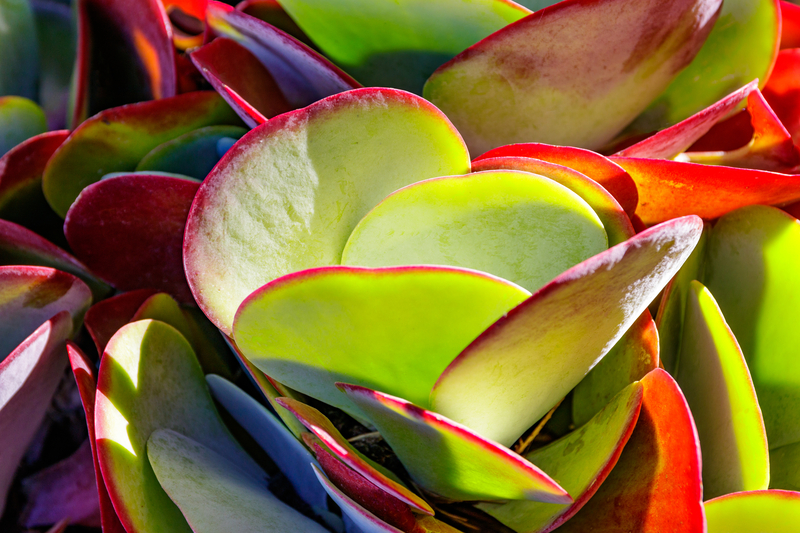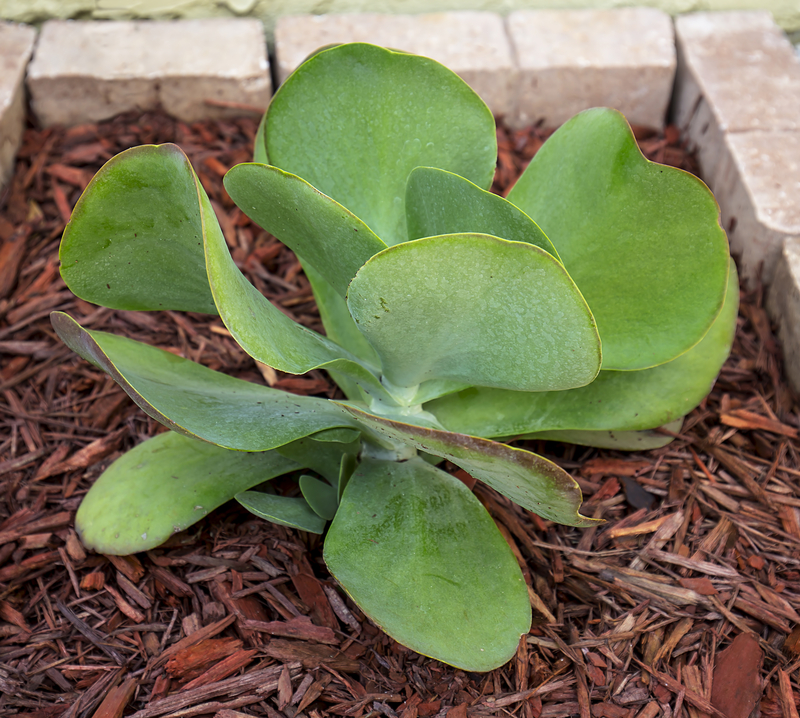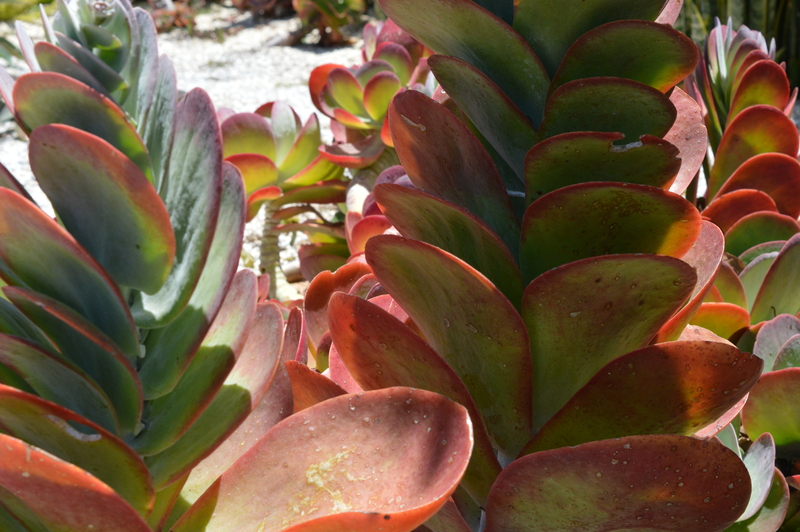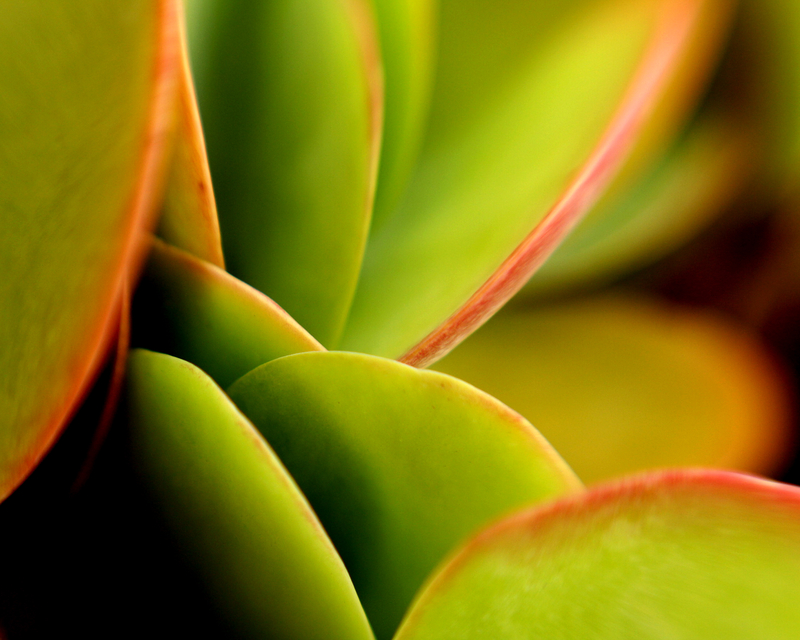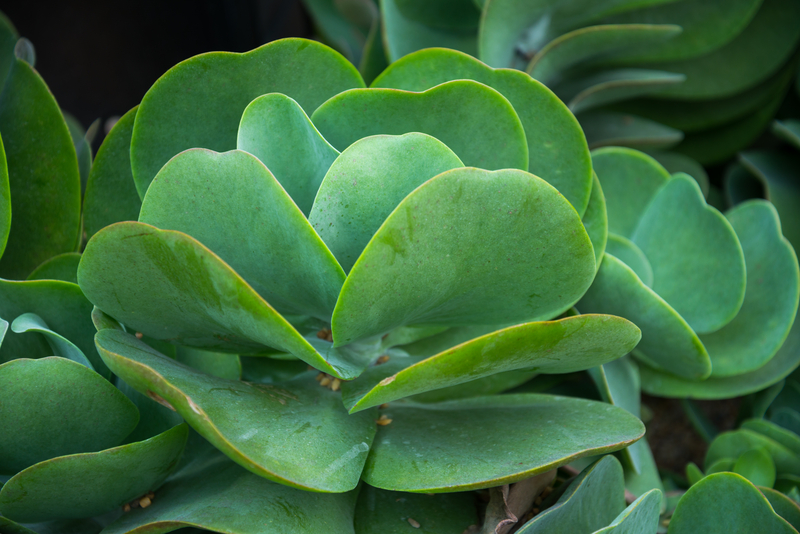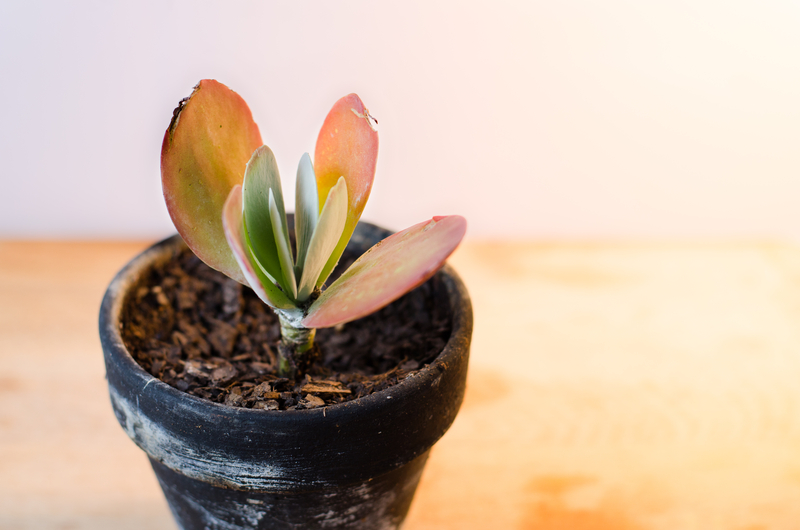If you are looking for an interesting desert plant for your garden or indoor plant collection, consider getting the flapjack succulent. It yields red colors on the edges of the green leaves, which gives it a beautiful look. This plant is drought-tolerant, perfect for anyone who wants to get into plant care as a beginner. Here is what you need to know about flapjack succulent plant care!
Common Names
- Kalanchoe thyrsiflora plant
- Dog tongue
- Kalanchoe luciae
- Red pancakes
- Paddle Plant
- Desert Cabbage
- Flapjack plant
What Soil Works Best for a Paddle Plant?
Succulent potting soil that has organic matter works best for paddle plants. You can also add a little bit of sand to the potting mix to give it more texture. To reduce root rot, which is a common problem for this succulent, place it in a container that has good drainage holes.
Can you use a Houseplant Fertilizer?
You can fertilize the plant in the early spring and summer months since that has the most growth. When fertilizing the plant for the first time, you should use half the liquid recommendation. Using half as much liquid fertilizer is recommended because you want to ease the plant into a nutrient-rich diet.
How Much Sunlight Does a Paddle Plant Need?
Full sun and bright light conditions work best for a paddle plant. You want to give the plant enough light, especially indoor plants, to yield the leaves’ beautiful red and green colors. The morning sun tends to work the best since the sun’s rays aren’t as intense as the afternoon.
However, be careful about giving the plant too much direct sunlight. Too much direct sunlight can damage the fleshy leaves of the succulent. If you have this as an indoor plant in front of a west-facing window, consider putting up a curtain or lowering the blinds to reduce the direct sunlight.
Finally, you want to ensure that the plant gets enough light during the winter months. Giving the plant leaves partial sun during the winter months helps with new growth and sprouting beautiful colors on the leaves during the growing season.
What Temperature Works Best for a Flapjack Succulent?
A dry and hot climate works best for flapjack succulents. These plants don’t do well in cold temperatures, which is why most people keep them inside their homes. It will do fine as long as you keep the plant in typical home conditions.
What Humidity Requirements Does a Flapjack Succulent Need?
A flapjack succulent doesn’t want to be in humid environments. It prefers being in dry climates, so there is no need to place this plant in a bathroom that has a shower or next to a humidifier. Putting the plant in a humid part of your home can cause more harm since that can lead to root rot since the plant can’t absorb too much water.
How Often Should You Water a Flapjack Succulent?
While this plant is drought-tolerant, you should give it water when the top two inches of soil are dry during the growing season. Once you provide water to this plant, you should see it quickly absorb it into the soil. If that is not the case, add some sand and more potting mix to the plant to help it drink the water.
Overwatering the plant is an issue, especially in the winter months, since the plant doesn’t do much growing. Overwatering the plant can lead to root rot, which is a problem. Only water the plant every so often in the winter.
What Size Does a Flapjack Succulent Grow to Typically?
A flapjack succulent grows between a half and one and a half feet tall.
Most Common Bugs
A flapjack succulent can attract mealybugs to it. The most evident sign of infestations is little white spots around the green leaves. You need to isolate the plant from others and spray it down with water and neem oil if you notice that.
Most Common Diseases
Root rot is a common problem with this plant from overwatering it. The same problem can occur with giving this plant too much fertilizer. Either too much water or fertilizer sitting at the bottom of the container can suffocate the plant and create fungus or other problems.
If you suspect root rot, you need to remove the plant from the current soil. Next, you want to remove any damaged roots from the plant and place them into fresh dry potting soil.
Can you Prune a Flapjack Succulent?
It is best to prune a flapjack succulent to maintain a healthy look. To prune the plant, cut the stem base to remove unnecessary legginess. Cutting at the base sends an internal signal to the mother plant that it will need to start growing out from there. Also, you can take that cutting for propagation if you so choose.
Can you Propagate a Flapjack Succulent?
- Use clean sheaths to cut a few inches of flower stalk off the mother plant. Do not remove the leave’s powdery mildew since that is a sunscreen that protects it
- Dip the cutting base into a rooting powder to prepare for propagation
- Replant the new cutting into fresh soil and in its own container
- Place the new cuttings into an area that has enough light.
- Give the new plant some water.
Can you Repot a Flapjack Succulent?
It is best to repot a Flapjack Succulent every two years in the spring. However, repotting is a good idea if the roots are sticking out of the bottom of the container. Here are the steps for repotting the plant properly.
- Shake off / cut off any dead roots from the plant after you remove it from the original home
- Put fresh potting soil into a container two inches bigger in diameter than the previous home.
- Place the plant into the new home to grow.
Where Does the Flapjack Succulent Originate from Initially?
A flapjack succulent is native to South Africa, Lesotho, Swaziland, and Namibia.
What USDA Hardiness Zone Works Best?
Between 9 -11, USDA Hardiness Zones work best for this plant.
Is it Toxic?
The leaves are toxic to digest, so keep away from animals who might nibble on the leaves.
Conclusion: How to Take Care of a Flapjack Succulent
In summary, taking care of a flapjack succulent is excellent for beginners looking for a low-maintenance plant to have in their home. Since it is drought-tolerant, you don’t need to worry if you forget to water the plant now and then. Not only does this plant do fine with little water, but it is simple to propagate, which means you can add more of these succulents all-around your home.
Similar Posts:
Philodendron Verrucosum Plant Care
Philodendron Burle Marx Variegated Care

